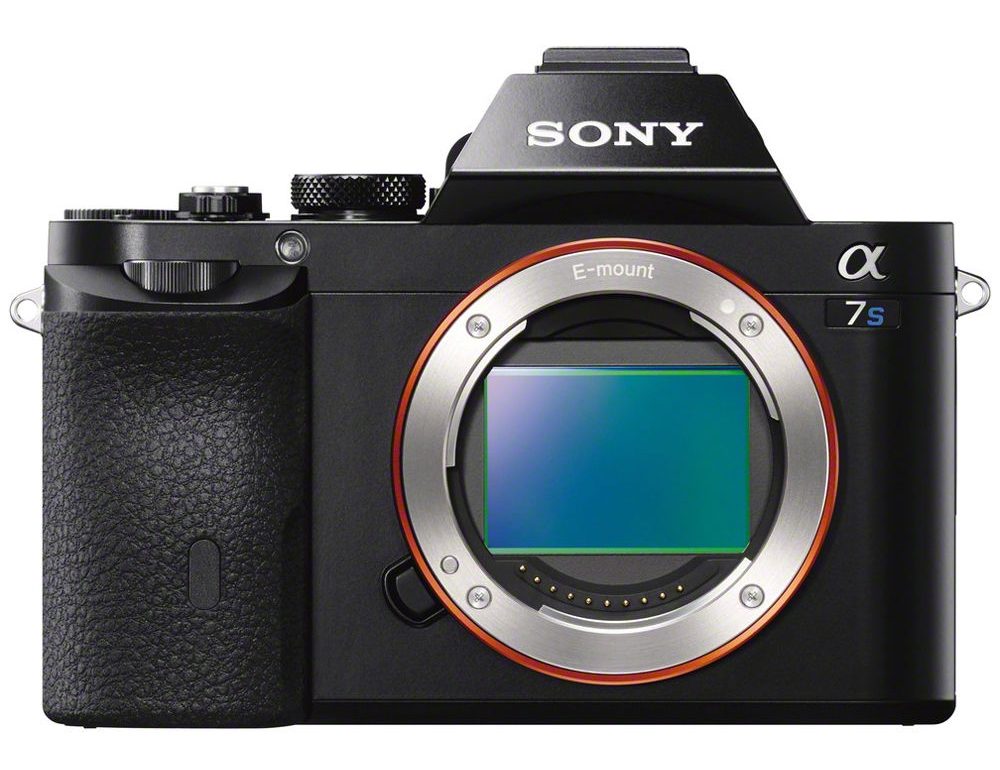I love HDR Photography, and the lower resolution full frame Sony A7s really needed to be tested out! I ended finding this recently abandoned facility that happened to have a wide open gate in front to my surprise! So, I drove in and parked just out of visual from the road 😉
The creep factor was really high at this place, so I really wanted to get the best bang for my buck composition wise, and the FE 35mm f/2.8 prime lens was not cutting it on the wide angle side. Therefore, I mounted up my Metabones III electronic lens adapter and my killer Canon EF 17-40mm f/4 L ultra wide-angle lens to the Sony A7s. This lens performs awesome on my 36mp A7r, so I would imagine even better performance on the newer designed A7s sensor. Lets take a look shall we?
Sony A7s and HDR Photography
From the front this place is very impressive, colorful, and overgrown! The Sony A7s offers 5 frame auto bracketing which is awesome! So now, you can get more than 3 frames at once which can be helpful if you prefer using more frames than less. I find -2,0,+2 to be enough usually, but depending on the scene more can help.
I went pretty far with the processing, so this first shot may be a bit over the top for a lot of you 😉
Be sure to Click the Photos for the higher res ~1000PX versions
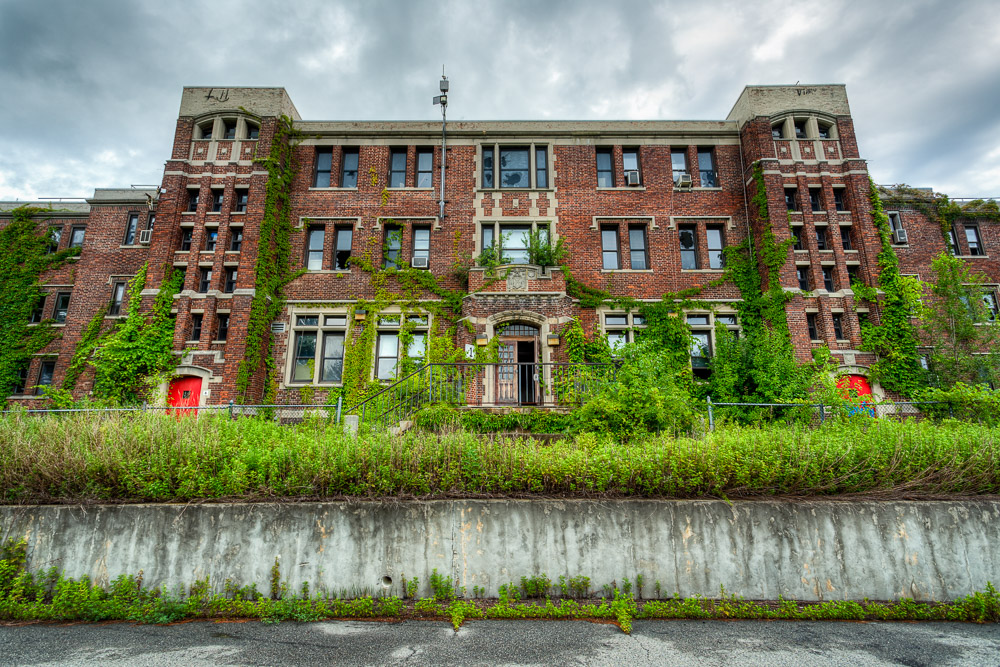
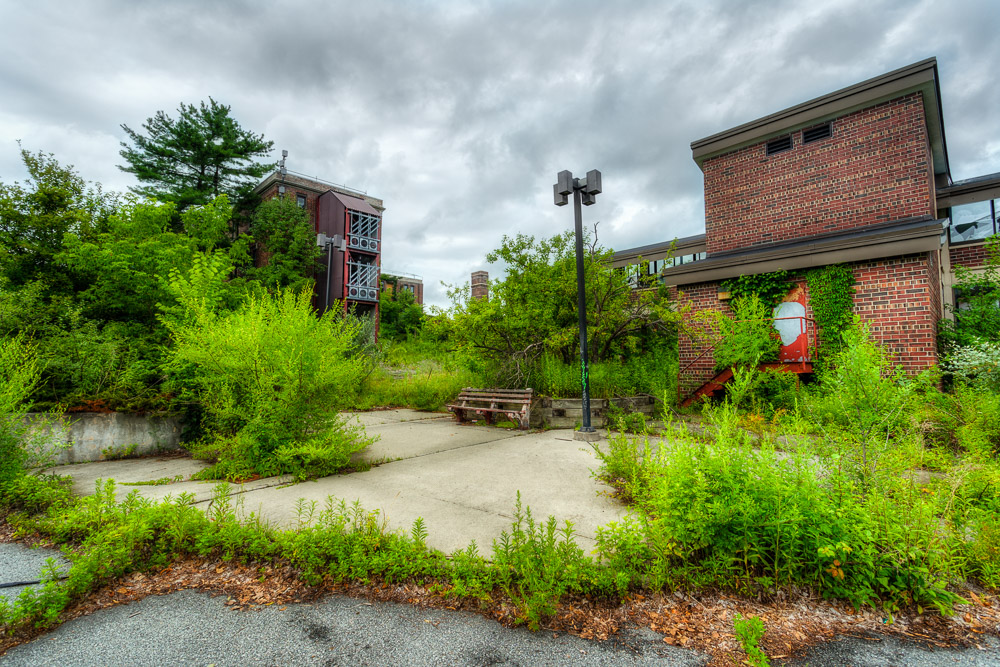
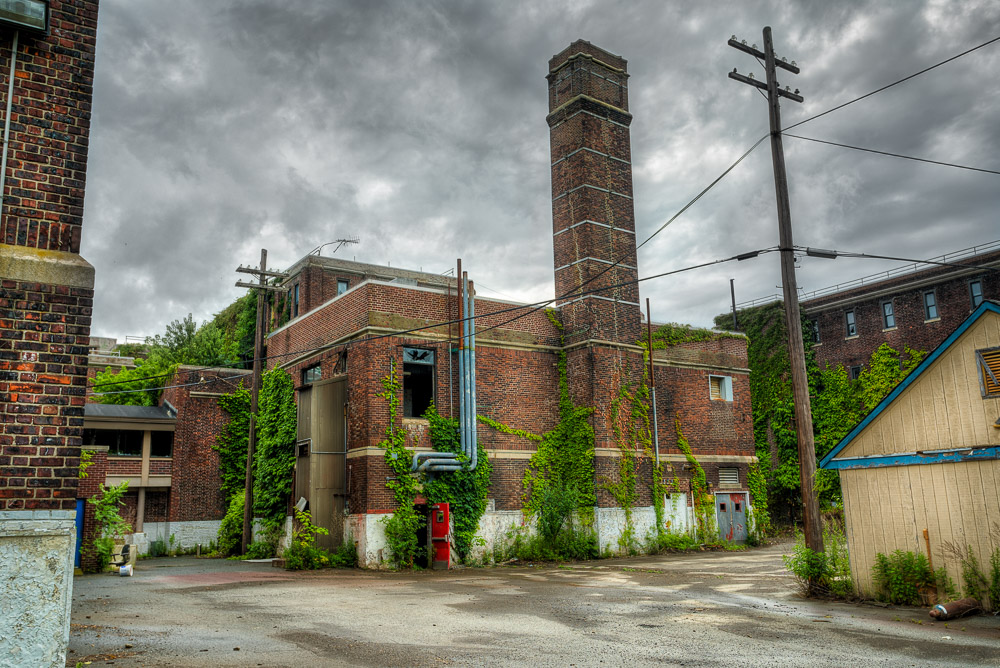
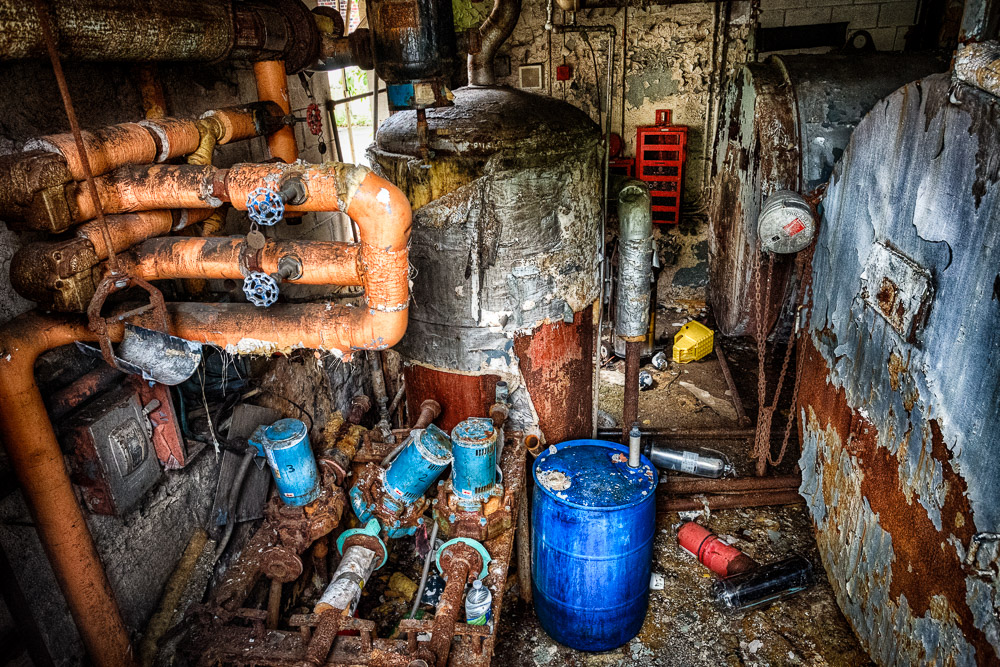
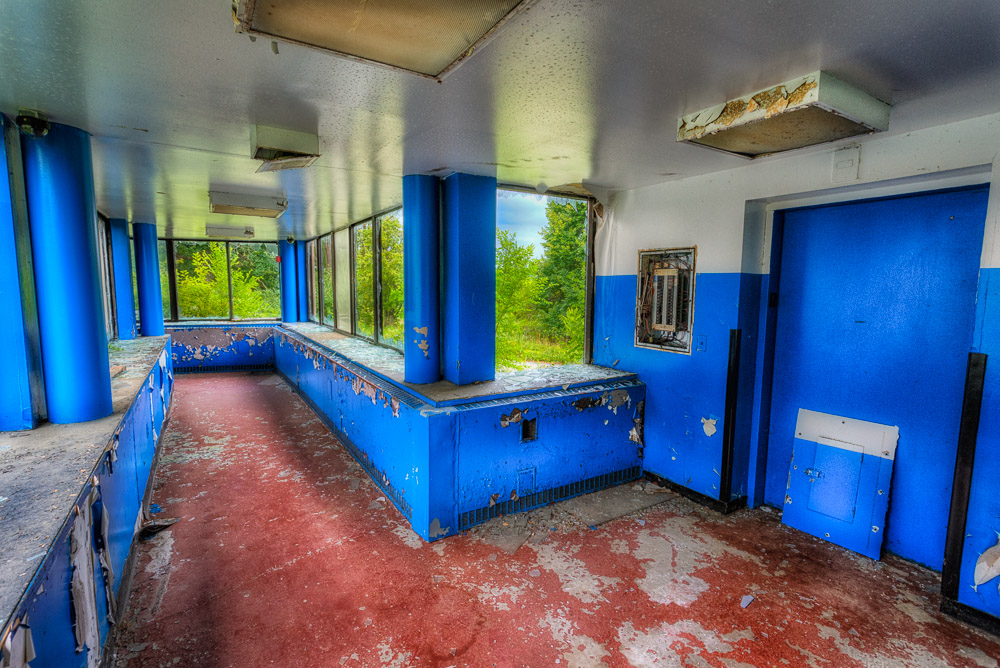
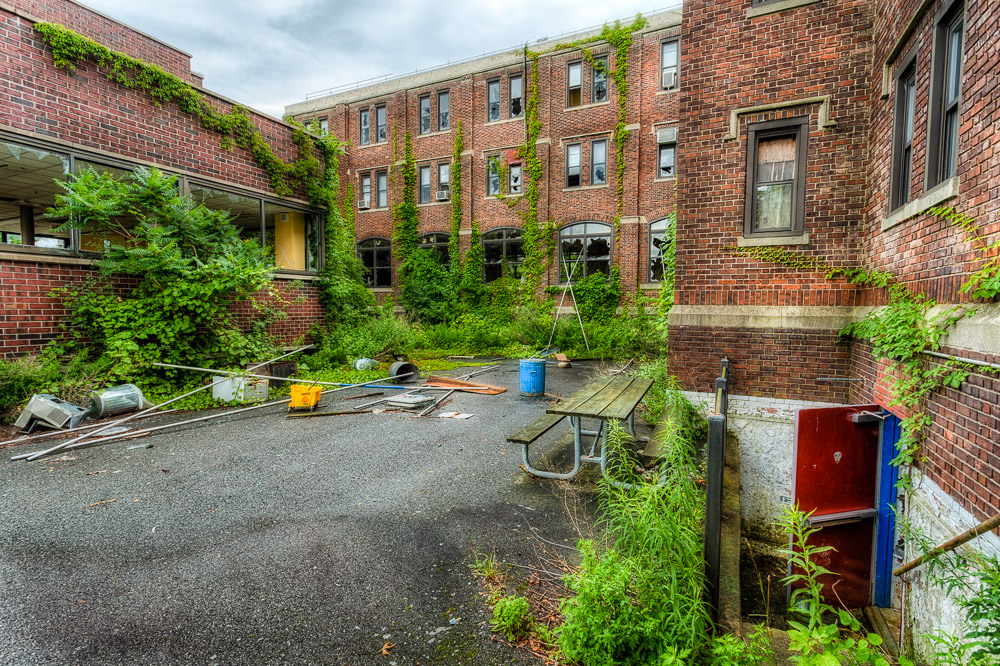
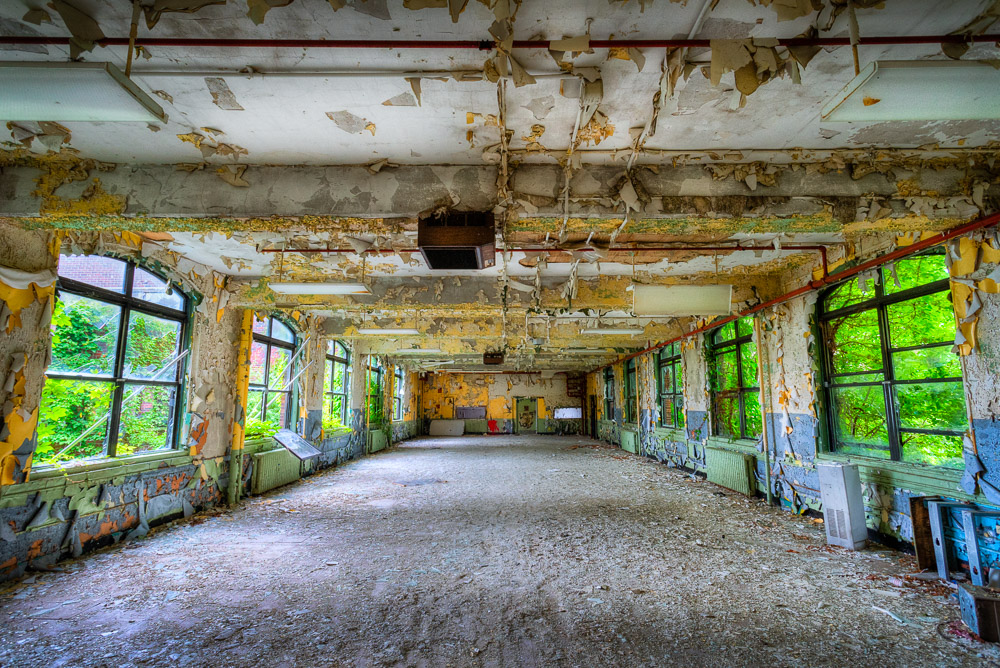
Closing Remarks:
As you can see the Sony A7s, and pretty much all the Sony cameras I’ve tested lately for that matter, is capable of creating some pretty awesome HDR Photographs. What I like about the Sony A7s in particular is the noticeable corner clarity advantage over my A7r, although much lower resolution. The additional bracketing option of 5 frames is also really nice and a welcomed improvement over the other full frame A7 and A7r. Hopefully a firmware update will add that feature for those wanting it on the other models. Self-timer with bracketing would also be a welcomed feature by me and many others coming from Canon or Nikon. I would Sony would want to make those folks welcomed, and that feature would help I believe 😉
I took all of these photos hand-held by the way, which is far from ideal and proper form. I should have used a tri-pod and remote for the best sharpness possible, but I was not supposed to be their I’m sure, and was in a serious rush. I was basically jogging from spot to spot as I was exploring for cool compositions at the same time. I really want to go back at a better time of day with some more dramatic light and clouds ideally. Then I can do the long exposures which will create to cool streaking cloud effect that you may have seen on the web. Usually in BW though, I was thinking and HDR photograph of the scene would look pretty cool as well.
If you are wondering how I processed these photos, be sure to check out my recent HDR Photography with the Sony A7r – From Start to Finish Tutorial This Way >>
Thanks again for checking in and comments and/or questions always welcomed,
Jay

